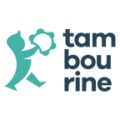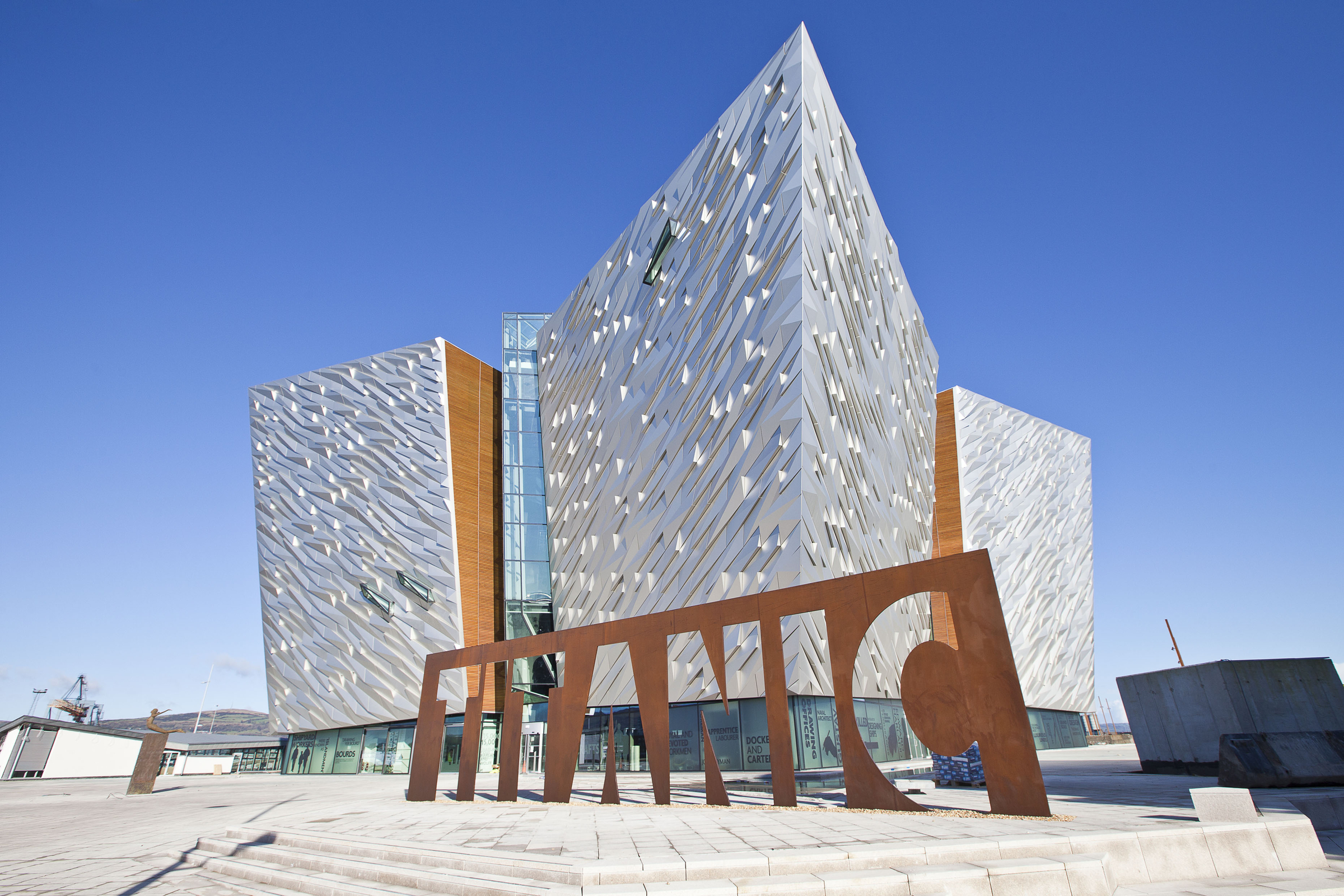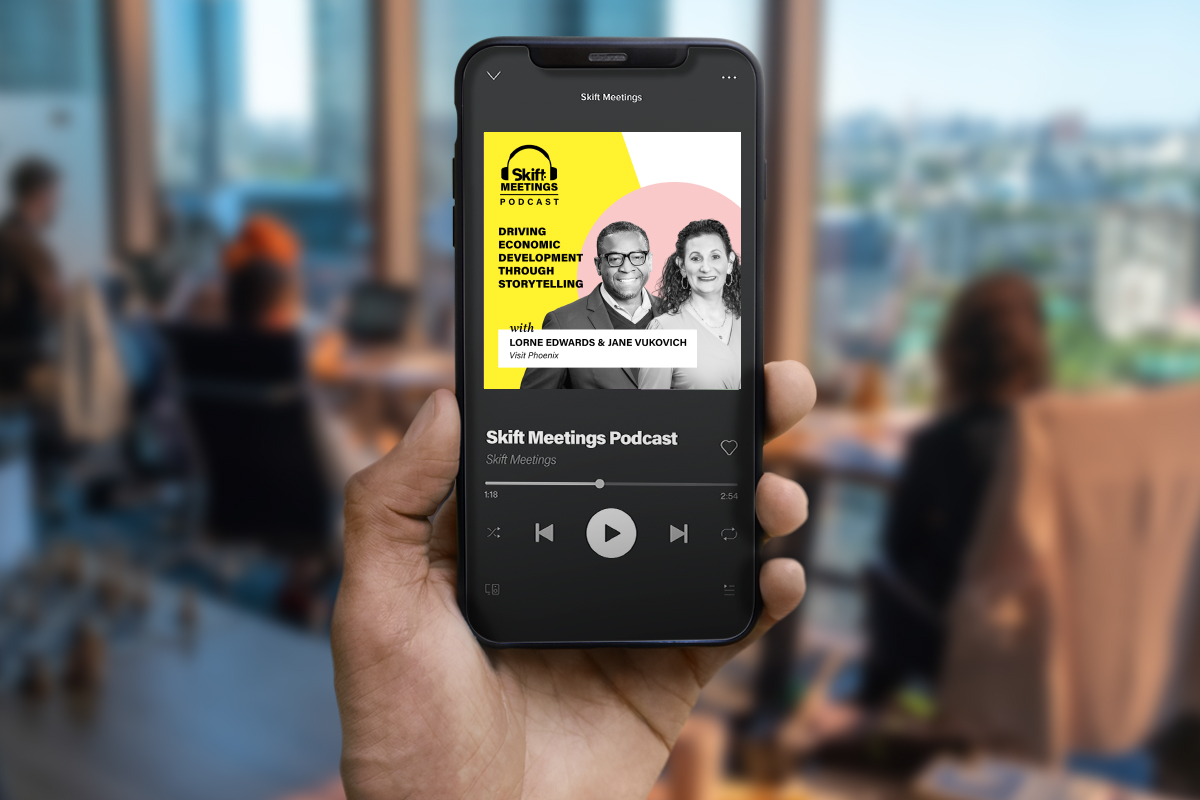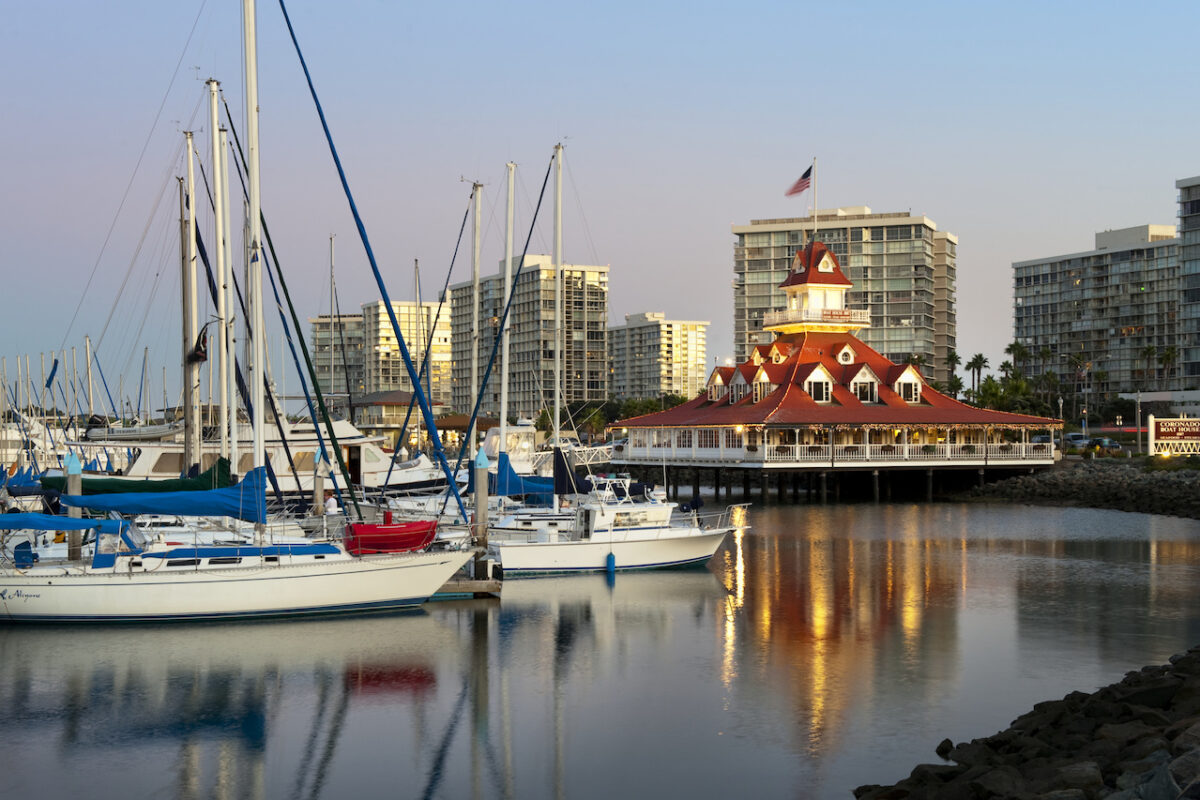Skift Take
The economic impact of pandemic is exposing weaknesses within the hospitality industry’s meetings and events lines of business, but independent hoteliers have an opportunity to position themselves to thrive as events return.
When it comes to generating new meetings and events business, hotels traditionally spend too much on third-party channels and neglect their own direct channels to meeting planners. In fact, according to this report by Kalibri Labs, up to 35 percent of room revenue is eaten up by intermediaries, and these costs are inevitably conferred onto event planners and their clients.
The pandemic and resulting strain on businesses worldwide has exacerbated these inefficiencies, and the effect on large hotel chains is compounded by recent changes to their commission structures. Even before the pandemic, many (especially third-party) planners were already pushed to look outside of the big hotel chains to recoup lost income following the 2018 hotel cuts to planner commissions.
However, these same factors could be the precursors of success for smaller venues. As the pandemic dampens event budgets and limits capacity, smaller and independent hotels that normally serve smaller meetings have a crucial opportunity to press their advantage.
To do this, they will need to overcome the drawbacks of their existing event marketing strategies by investing more in their direct channels to event planners. This article will explain why common hotel marketing tactics leave money on the table and offer four ways to get back on track.
How Do Typical Hotel Marketing Tactics Fall Short?
In order for hotels to make beneficial changes to their marketing and sales strategies, it’s important to understand in what way many of them leave money on the table. For one thing, many hotels spend significant portions of their budgets on third-party channels like intermediary software that claim to own the event planner audience. The result is that they don’t end up investing enough in owning that audience themselves or driving direct connections and conversions.
Consider how hotels handled online travel agents (OTAs) that were eating into their revenues: they adopted an aggressive direct booking strategy for their leisure segment in an effort to reduce reliance on the OTAs. Why not apply that model to groups and events, where they still largely rely on third parties to procure that business?
There are a few reasons why hotels are still dependent on third-party software to drive business for their meetings segment. For one thing, the landscape is complex, and many independent hoteliers simply don’t know where to start, and these third party channels have become the default. For another, it requires more resources to drive direct marketing, and many independent hoteliers don’t have the team in place. Unfortunately, there aren’t many budget-sensitive vendors stepping in to simplify the market or solve the problem.
As a result, independent hoteliers end up largely ignoring direct marketing opportunities dedicated to increasing meetings and events, such as:
- Organic web traffic and SEO/SEM strategies
- Social media channels like Facebook, Instagram, Pinterst, Twitter, etc.
- Professional networking sites like LinkedIn that allow hotels to target meeting planners, wedding planners, etc.
- Programmatic media
So, while many hoteliers might be tempted to use pre-pandemic success as the benchmark for a thriving business model, even those that were profitable before were likely leaving money on the table.
The pandemic is an opportunity in the short term for independent hotels to assume market share previously monopolized by a small group of big hotel brands, but there is a long game to be played as well. Refining your marketing strategy now, when there’s less of an opportunity cost riding on every adjustment, will pay dividends well into the future.
How Small and Independent Hotels Should Streamline Events Marketing to Get on Track
-
Recognize the B2B Event Market as Distinct From the B2C Leisure Market
Distinguishing between the events and leisure markets and dedicating resources accordingly is essential to fostering direct channels to event planners. Hotels of all shapes and sizes often make the same mistake of subsuming the production of B2B event marketing media under the “leisure transient” marketing effort.
For example, hotels rarely have separate websites and sales funnels for their various business segments, and calls to action (CTAs) are largely targeted to leisure customers. Just as a hotel wouldn’t want to market their meeting space to a traveler seeking a room for a night, hotels have to get better at building customer experiences dedicated to prospective meeting planners.
Hotels need to focus on defining a specific marketing strategy and generating qualified traffic for each segment.
A full-service marketing partner like Tambourine can help hotels in their efforts to target meetings and events clients by supporting and guiding them in the development of relevant creative assets, messaging, budgeting, media strategy and lead generation.
-
Stop Neglecting the Informal Events Market
In the meetings and events marketplace, hotels typically focus their marketing efforts on professional event planners, whether in-house or from an agency, with a formal title like ‘Corporate Planner’. However, there is another subset of the market that is often neglected: informal or casual event organizers.
These are people for whom event planning is one part of a separate role. For example, office managers, administrative assistants, or communications executives are often in charge of planning small meetings, and perhaps larger annual meetings. They don’t have the same experience as an event professional when it comes to sourcing venues and designing events.
More than anything, this buyer persona needs a quick route to a page where the hotel’s value proposition is conveyed clearly and efficiently so they can determine whether the space/services meet their needs.
In addition, they may be using different channels to research their options. They’re far less likely to use a tool like Cvent than they are to simply search on Google, making SEO an important but often neglected aspect of marketing to this demographic. This means that understanding which tools they use for their event-related tasks will help you determine where and how to market to them, which is another facet of Tambourine’s service offering.
-
Consolidate Vendors and Simplify Overhead
Staffing is a challenge for many small, independent hotels — especially now. Busy hotel staff simply don’t have the time to sort through the options, deal with the nightmare of picking channels and negotiating rates, and knowing where to allocate budget. On top of that, they also have to worry about managing the channels on an ongoing basis once they launch their campaigns.
Tambourine, for example, acts as a single vendor that manages a hotel’s relationship with different channels and negotiates rates when needed. It also provides clients access to its entire arsenal of media tools and chooses the most appropriate channels based on the hotel’s budget and needs.
In addition, it provides email automation capabilities to nurture potential leads and past clients with targeted email sequences, further freeing up salespeople’s time to focus on other tasks — including actually responding to incoming RFPs.
-
Collect Data on the Success Rate of Different Channels
The final piece of the marketing puzzle, and one of the most important, is to collect data on all the channels hotels leverage in order to have an accurate and up-to-date picture of any campaign’s success rate.
Data is often underutilized, but it’s key to the ongoing success of marketing efforts.
Without it, hotels have no way of knowing what results can be attributed to any given channel, or if certain tactics are underperforming.
Measuring the efficacy of each channel should be done against the same benchmark: the marketing cost per closed/won event. This will let you know whether a channel is producing a high volume of RFPs that the sales team can’t close — or vice-versa — one channel is producing a low volume of high quality RFPs. Historically, third-party channels produce high volume, low quality. Direct channels produce low volume, but higher quality. Increasing more direct inbound leads should translate to higher quality leads.
It also helps to know which channel is producing higher value events. Is your direct channel producing more small meetings, while third-party channels produce higher value events?
While diversifying channels can be incredibly rewarding and effective, it also inevitably adds complexity. There are more things to track, data to collate, and strategies to experiment with in order to achieve the desired results.
This is an area where an agency that provides reporting can help. In addition to managing a wide array of digital marketing channels for clients, Tambourine handles analytics and consolidates reports from the different channels into a streamlined overview of campaign performance.
IN CONCLUSION
Many hotels have been struggling with B2B hotel sales and marketing for a while now, and Covid-19 has only served to add more pressure to the existing issues and inefficiencies. Now is the time for smaller and independent hotels in particular to rethink their sales and marketing strategies to more effectively target their potential clients and, in turn, increase ROI.
By focusing less on third-party channels and more on direct marketing, these hotels have a chance to own their audiences and pass these cost savings onto planners, ultimately benefiting both parties.
For more information on how Tambourine can support your marketing efforts and help you book more events, visit their website or schedule a demo.






